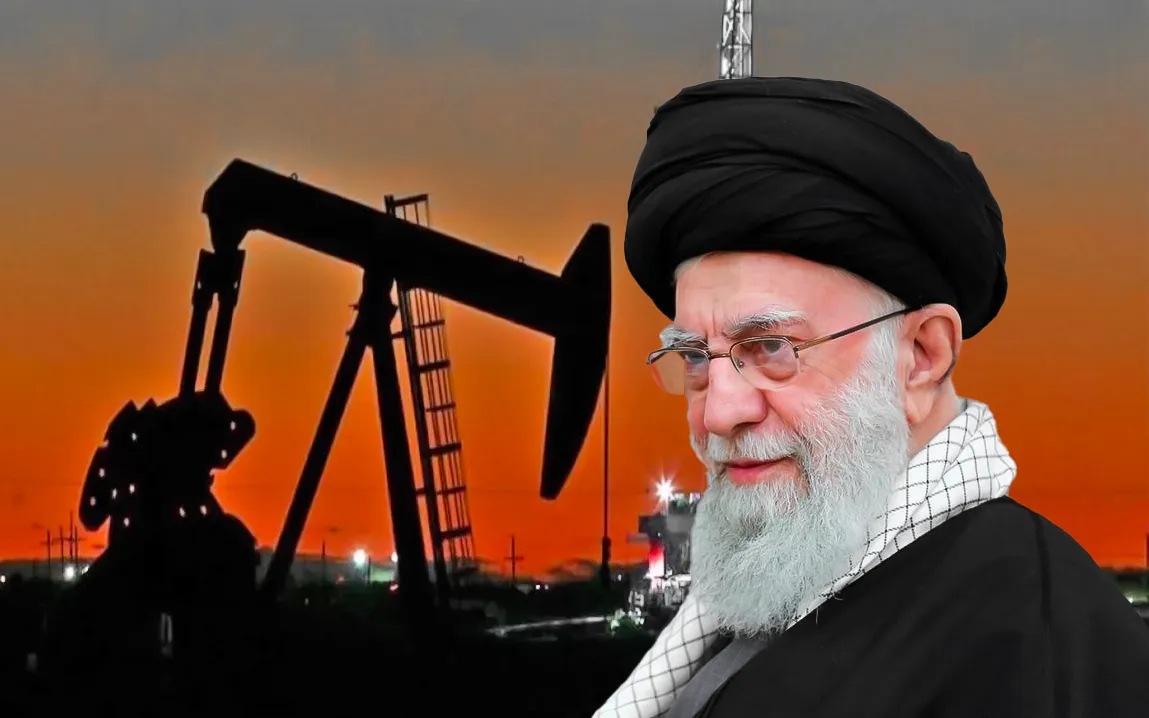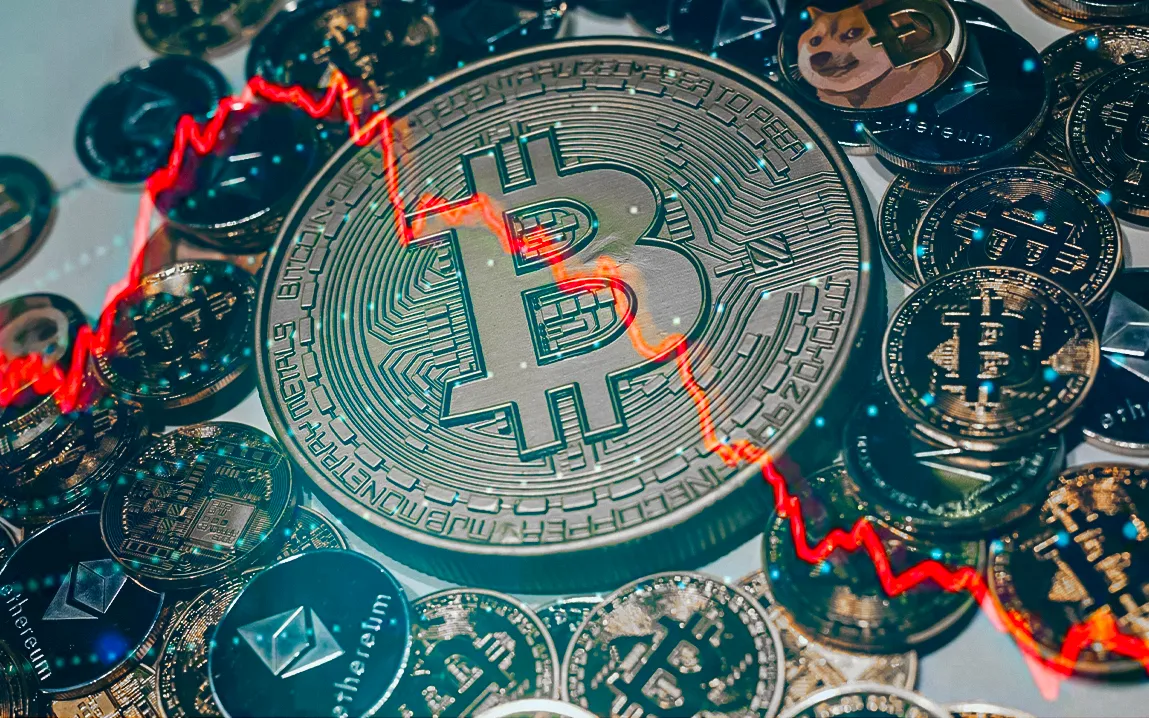A Strike That Shook the Markets
Just before dawn, some 200 Israeli warplanes flew into Iranian airspace in a stunning and simultaneous military strike. Their mission: Iranian nuclear and military installations. The attack targeted various sites, such as missile factories and buried bunkers, and reportedly killed a number of top Iranian commanders, including Revolutionary Guards commander Hossein Salami.
The attack was surprising, but its effects were immediate. The global financial markets, already sensitive to increased tensions in the Middle East, reacted with big movements. Iran’s supreme leader immediately threatened a “harsh punishment,” which created fear of further war.
Even as Washington stayed officially aloof, Secretary of State Marco Rubio unequivocally stated: “Iran should not target … U.S. interests or personnel.” The message was clear—one that says: while America won’t stand in the way of Israel, it doesn’t want to be pulled into a war of its own.
Oil Prices Explode
Brent crude prices surged over 10%, briefly crossing the $78 mark per barrel, their highest level since the beginning of this year. U.S. benchmark West Texas Intermediate wasn’t far behind, up over 9.5% and momentarily hitting $74.50.
“This has amplified geopolitical uncertainty very much and calls on the oil market to price in a higher risk premium for any supply disruption that might occur,” wrote analysts at ING.
The worry isn’t merely about oil today. The actual worry is tomorrow—particularly in the vicinity of the Strait of Hormuz, the strait that a fifth of global oil supply navigates through. “It’s too early to say but I believe the market is concerned about the shut-off of the Strait of Hormuz,” said one commodities trader.
In the worst-case scenario, there are those who think oil may reach $120 per barrel if shipping routes are cut off or supply lines are cut.
Stocks Plummet as Investors Seek Safety
Stock markets worldwide plunged. S&P 500 and Nasdaq futures declined by almost 1.8%. European stocks such as the STOXX 600 declined around 1.6%, with Asian markets reflecting the decline—Tokyo’s Nikkei plummeted 1.3%.
Market analyst Tony Sycamore captured the mood: “This morning’s sobering jump is a setback for risk appetite… traders shed risk-seeking positions in advance of the weekend.”
Investors fled to safe havens. Gold surged more than 1.5%, closing in on record highs. Japanese yen and Swiss franc rose, together with the U.S. dollar during morning trading. Energy and defense stocks had a moderate rise, showing a change in portfolio strategy.
India and Emerging Economies Hit Hard
Emerging markets like India felt the pressure more intensely. The Sensex fell more than 1,300 points, while the rupee hit a two-month low. Gold prices in India crossed over ₹1 lakh per 10 grams.
India’s central bank was said to have had to intervene to shore up the currency. Economists predict that if prices of oil remain high, inflation will increase, the trade deficit will balloon, and economic growth forecasts could suffer.
It’s estimated that each $10 hike in oil prices could expand India’s current-account deficit by 0.4% of GDP and contribute about 35 basis points to inflation. For an oil-importing nation such as India, the geopolitical shock couldn’t have struck at a more unfavorable time.
What Happens Next?
With Tehran threatening retaliation and the Middle East holding its breath, the world waits with bated breath. Will Iran retaliate? Will oil facilities or international shipping lanes be attacked? These are now looming over markets.
Some observers see this as possibly a brief spike, depending on the response of both nations next. Others aren’t so optimistic.
What’s for sure is that the geopolitical situation just got a whole lot more unstable. And during times like these, markets—just like countries—prepare for aftershocks.



